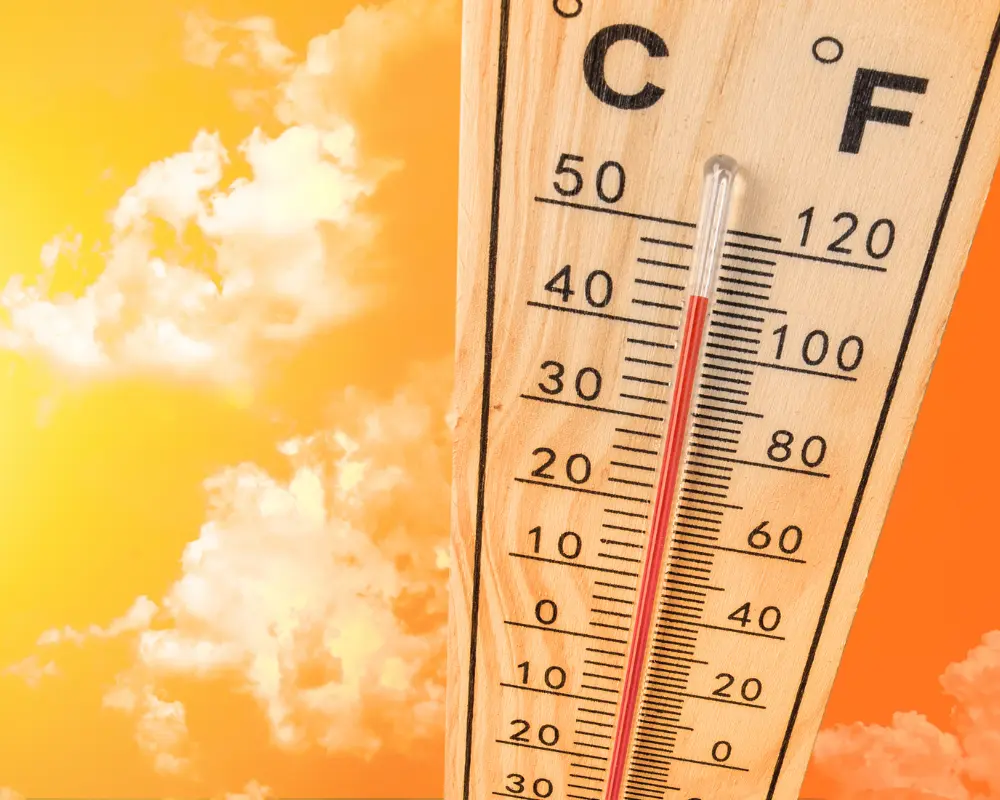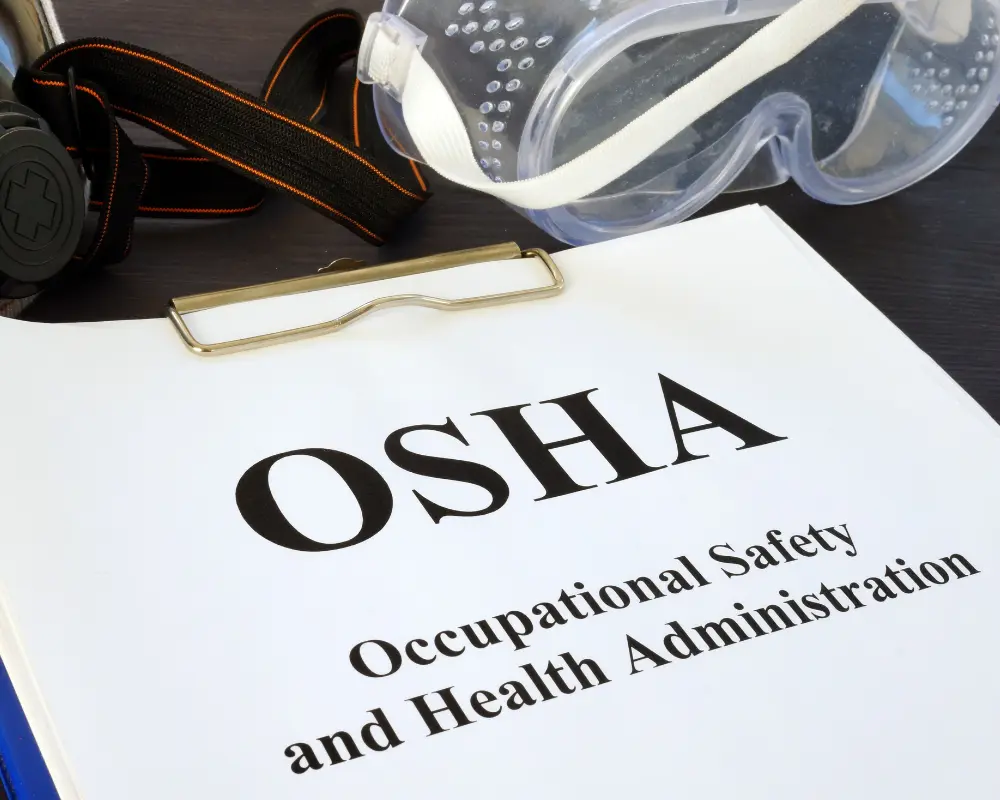Want more information about heat safety standards? Check out our Heat Standards Map page to explore the latest federal and state-level heat safety requirements.
Heat-related illnesses and injuries in the workplace are a significant concern, with heat being the leading cause of death among all hazardous weather conditions in the United States. Recognizing the critical need for better worker protection, the Occupational Safety and Health Administration (OSHA) introduced a Notice of Proposed Rulemaking (NPRM) aimed at establishing a comprehensive federal standard to prevent heat injuries and illnesses in both outdoor and indoor work settings in July. OSHA announced on August 30 that it was published in the Federal Register for viewing and comment through December 30, 2024.
From 2011 to 2022, the Bureau of Labor Statistics recorded 479 fatalities due to environmental heat exposure, averaging 40 deaths annually. Additionally, an estimated 33,890 work-related heat injuries and illnesses resulted in significant time away from work between 2011 and 2020, highlighting the urgent need for a proactive approach to heat safety in the workplace.

Understanding the Proposed Heat Safety Standard
OSHA’s proposed standard is a significant step toward providing workers across various sectors with consistent and robust protections against the dangers of hazardous heat. Here’s a detailed breakdown of the key provisions and requirements that the new rule aims to implement:
1. Applicability and Scope
- Coverage: The proposed standard applies to all employers with 10 or more employees in general industry, construction, maritime, and agriculture sectors under OSHA’s jurisdiction.
- Scope: It covers both outdoor and indoor work settings where employees are exposed to hazardous heat conditions, including environments with inadequate climate control or heat-generating processes and equipment.
2. Thresholds and Triggers for Action
OSHA’s standard introduces specific heat index thresholds that dictate the necessary actions employers must take to protect their workers:
- Heat Index of 80°F:
- Provision of Drinking Water: Employers must ensure that employees have access to an adequate supply of drinking water to stay hydrated.
- Break Areas: Designated break areas must be provided to offer a respite from the heat.
- Heat Index of 90°F:
- Monitoring for Heat Illness: Employers are required to monitor employees for signs of heat illness actively.
- Mandatory Breaks: Workers must be given a 15-minute paid break every two hours to prevent heat-related health issues.
- Use of WBGT: The Wet Bulb Globe Temperature (WBGT) can be used according to NIOSH guidelines for a more comprehensive assessment of environmental heat stress.
3. Designation of a Heat Safety Coordinator
Employers must appoint at least one “Heat Safety Coordinator” responsible for overseeing the implementation and compliance with heat safety measures. This individual plays a crucial role in managing heat-related risks and ensuring the safety and well-being of employees.
4. Development of a Heat Injury and Illness Prevention Plan (HIIPP)
Each employer is required to create a site-specific Heat Injury and Illness Prevention Plan (HIIPP) that includes:
- Assessment and Control Measures: Detailed evaluation of potential heat hazards and the implementation of appropriate control measures to mitigate these risks.
- Annual Evaluation: Regular review and updating of the HIIPP at least once a year to ensure its effectiveness and relevance to current workplace conditions.
- Employee Involvement: Active participation of non-managerial employees and their representatives in the development and execution of the HIIPP to foster a collaborative approach to heat safety.
Here’s an example of how one Department of Energy contractor tackles heat stress.
5. Acclimatization Protocols

To protect new and returning employees, employers must establish and implement acclimatization protocols:
- New Employees: Gradual exposure to heat during their first week of work to help them adapt to the conditions safely.
- Returning Employees: Special protocols for those returning after being away for more than 14 days, ensuring they reacclimate to the work environment without undue risk.
6. Comprehensive Training Requirements
Training is a cornerstone of the proposed standard, with requirements for both initial and ongoing education on heat safety:
- General Training: All employees must receive training on recognizing and preventing heat illness and injury, as well as understanding their role in the HIIPP.
- Supervisor Training: Specific training for supervisors to equip them with the knowledge and skills needed to manage heat safety effectively and respond to heat-related incidents.
Engaging in the Rulemaking Process
OSHA’s proposed rule is a foundational step towards better heat safety standards, but it’s crucial for stakeholders to contribute to the development of the final rule. Public participation through comments and feedback is encouraged once the proposed standard is published in the Federal Register. This input will help shape a rule that balances worker protection with practical feasibility for employers.
To provide your comments and insights, visit OSHA’s rulemaking process page for detailed instructions on how to participate.
Proactive Steps Toward Heat Safety
Understanding and implementing these proposed measures are vital to reducing the risks of heat-related injuries and fatalities in the workplace. As OSHA moves toward finalizing this rule, employers and workers must stay informed and proactive in addressing heat hazards.
At SlateSafety, we are committed to supporting organizations in enhancing their safety protocols and protecting their workforce from heat-related dangers. We believe that technology can make adhering to new heat stress standards easy. Stay connected with SlateSafety’s blog for ongoing updates, expert advice, and resources on heat safety and other critical occupational health topics.

